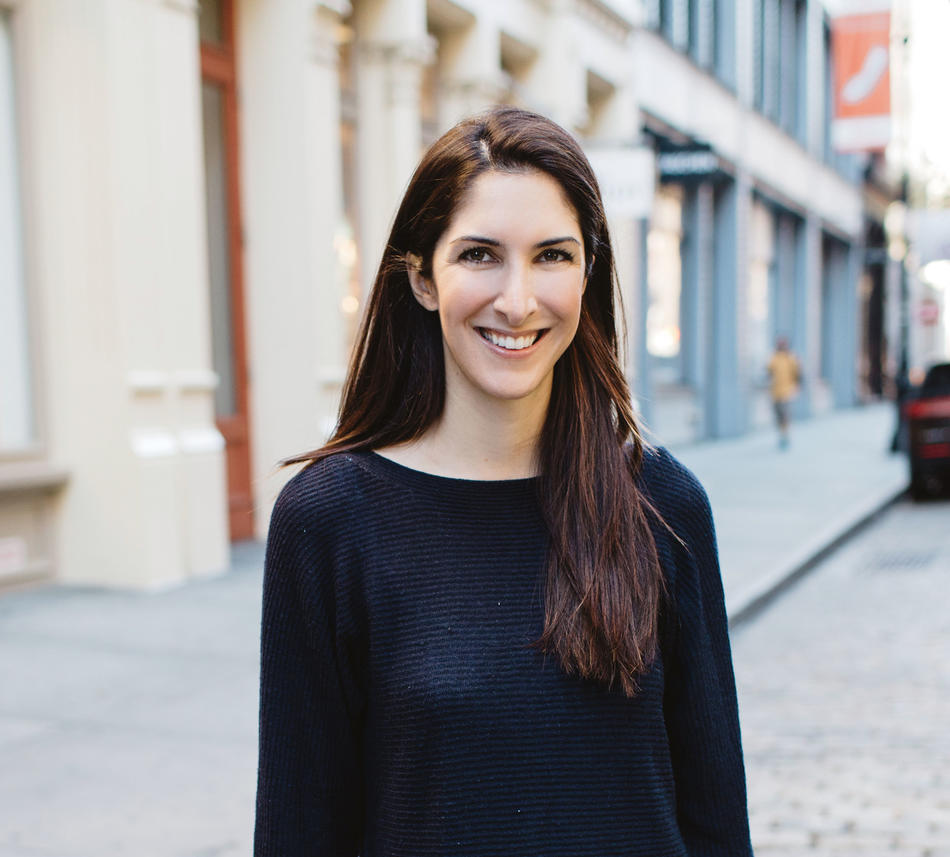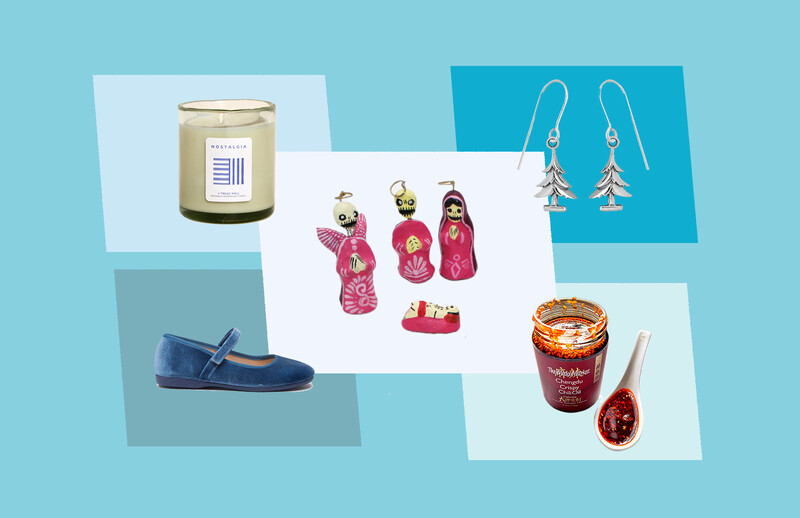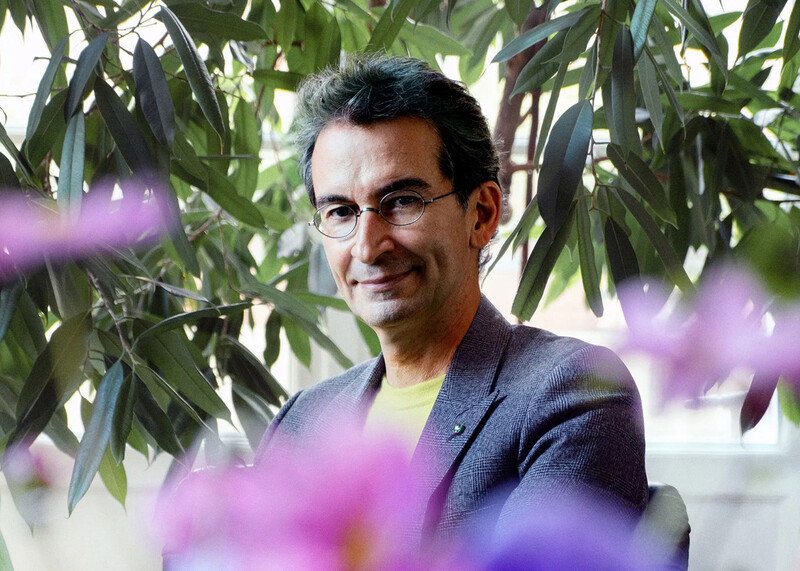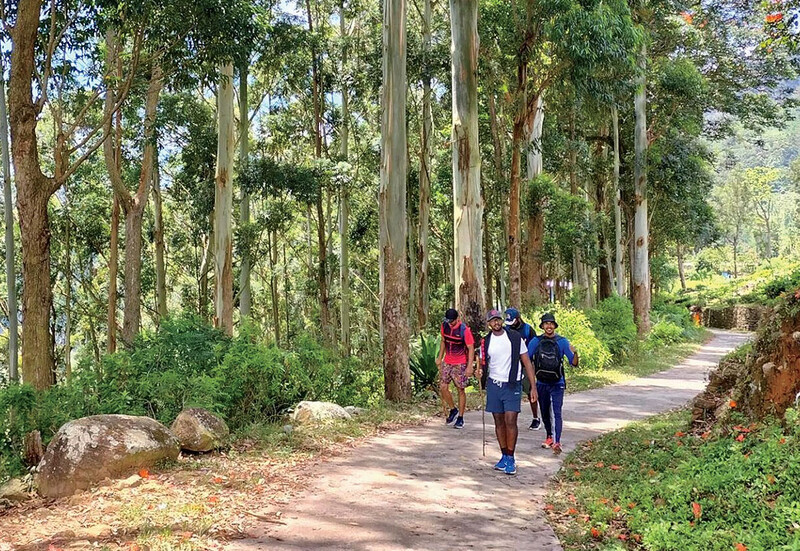Steph Korey ’15BUS was in her last semester of business school when she got a call from a grumpy friend, stuck at the airport with a broken suitcase.
“She didn’t know whether to shell out a lot of money for high-quality luggage or to buy something else cheap that wouldn’t last,” Korey says. “We got to talking about why there wasn’t an affordable, durable option on the market and wondered what it would take to make one.”
Korey wasn’t just a sympathetic ear. Before coming to Columbia for business school, she’d run the supply chain at the affordable eyewear startup Warby Parker, coordinating the logistics of getting the raw materials from supplier to manufacturer and the final products from manufacturer to consumer. And the friend on the phone was her former colleague, brand marketer Jen Rubio. Within three months, they had launched the luggage company Away.
To develop their suitcases, Korey and Rubio interviewed eight hundred people about their travel habits — starting with how they pack and get to the airport: “We wanted to map out the whole experience to figure out the pain points.” They learned that people’s top concern about their luggage was weight, since they were either wrestling with carry-ons or paying extra for heavy checked bags. And, their research showed, the first two things to break on a suitcase are the wheels and the zippers.
On Korey’s last day of classes at Columbia, she packed a stack of take-home exams into an old suitcase (“Before I started a luggage company, I was also lugging around a cheap, half-broken thing”) and headed to Asia, where she met with manufacturers. Working with two industrial designers, she developed a product that incorporated stronger wheels and zippers and an outer shell made from a light metal often used in fighter jets.
“Every one of our materials has gone through extensive durability testing. It’s basically like throwing the suitcases out of a third-floor window over and over again,” Korey says.
Perhaps the most innovative feature of the Away suitcase is the built-in battery and charging dock. Travelers can plug phones and other USB-enabled devices directly into the suitcase, which has enough power to refill an iPhone battery five times over.
“We hadn’t originally thought about putting a charger in the bag, but we kept hearing the same thing from potential customers: ‘I know there’s nothing you can do about this, but the most annoying thing about traveling is that my phone is always dead,’” Korey says. “So we did something about it.”
Away’s business model is similar to that of Warby Parker or Casper mattresses, for which Korey has also worked. Like a luxury brand, the company invests in high-quality materials and manufacturers. But since the suitcases are only sold online, there is no retail markup, making them significantly more affordable (between $225 and $295, depending on the size).
After raising $2.5 million in its first seed round, Away officially went into business in time for the 2015 holiday season. With a successful year of sales under their belts, Korey and Rubio plan to branch out into other travel products.
“We don’t have any more launches finalized,” Korey says. “But we definitely have a lot up our sleeves.”





